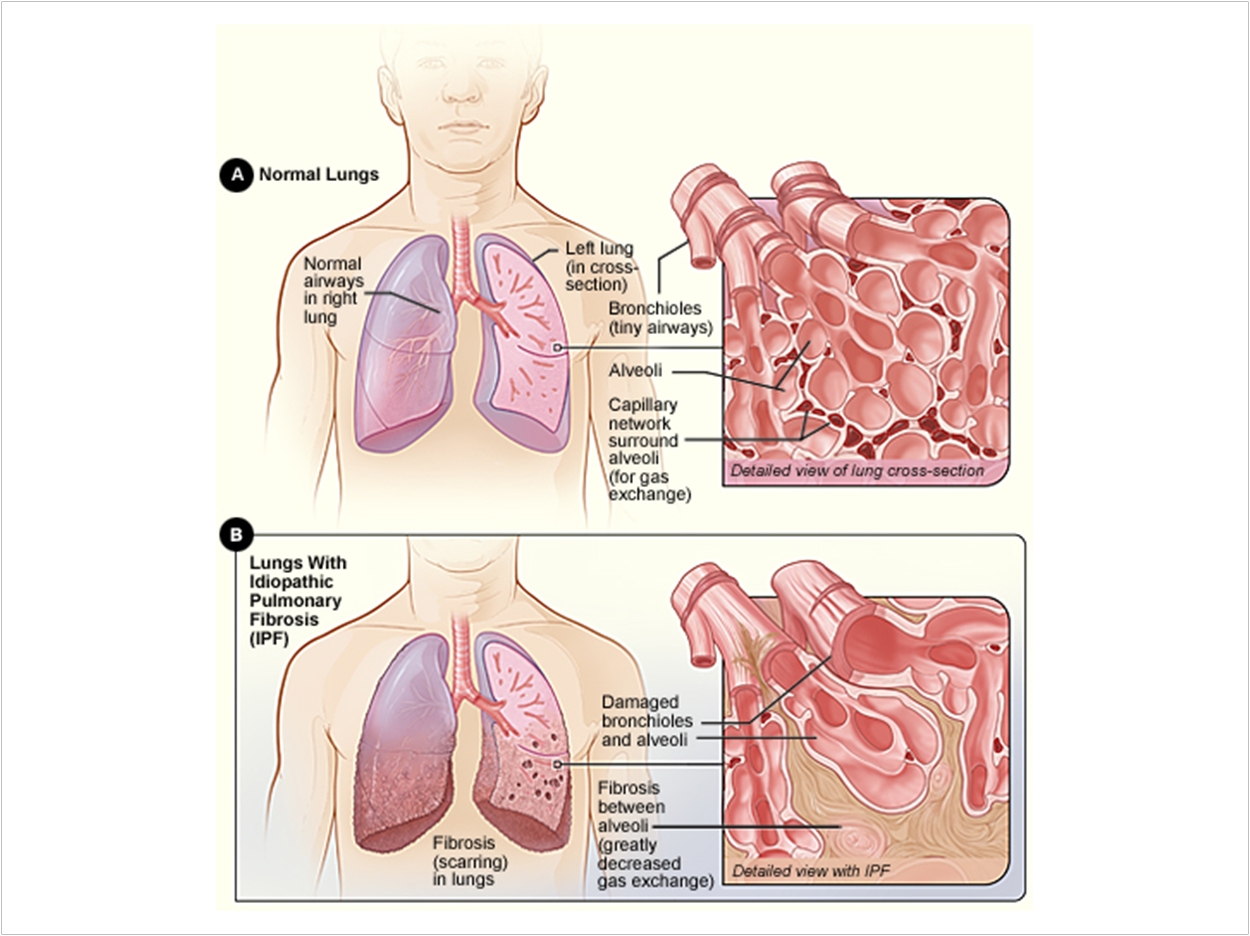
Dental professionals may face a greater risk of developing idiopathic pulmonary fibrosis (IPF), a chronic and progressive lung disease of unknown cause with a median survival time of three to five years after diagnosis, according to the Centers for Disease Control and Prevention (CDC).
Between 2000 and 2015, a Virginia tertiary care center treated 894 patients for IPF, including eight dentists and one dental technician. Three of these patients were former smokers, one had never smoked, and smoking history was unknown for the others. Also, seven had died.
One of the surviving patients reported polishing dental appliances and preparing amalgams and impressions without respiratory protection. These tasks involved silica, polyvinyl siloxane, alginate, and other compounds with known respiratory toxicity.
This is the first known described cluster of IPF occurring among dental personnel, the CDC reports. Dentists account for 0.038% of all United States residents, but they represented 0.893% of the patients undergoing IPF treatment at this center—a 23-fold increase.
While the CDC notes that no clear etiologies for this IPF cluster exist, occupational exposures possibly contributed. The cluster also reinforces the need to understand the association between such exposures and the risk of developing IPF to develop better prevention strategies.
“The Virginia report is for a very small cluster of IPF cases. More work has to be done before we can make any conclusions about the risk dentists or other dental personnel have concerning IPF,” said Randall Nett, MD, MPH, lead author of the study and medical officer with the United States Public Health Service, National Institute for Public Safety and Health (NIOSH).
“Dentists and other dental personnel have unique exposures at work. These exposures include bacteria, viruses, dusts, gases, radiation, and other respiratory hazards. At this time, we do not know what caused this cluster of IPF cases in dental personnel. However, it is possible exposures at work contributed to this cluster,” Nett said.
“Dental personnel who are exposed to known respiratory hazards should wear certified respiratory protection if other controls, like improving ventilation, are not practical or effective,” said Nett.
“CDC will follow up on this newly recognized cluster of IPF cases in dental personnel. One resource that describes NIOSH’s commitment to improving the safety of healthcare workers is the National Occupational Research Agenda Healthcare and Social Assistance Sector Council,” Nett said.
Related Articles
Dental Students Risk Hearing Problems Due to Noise Exposure
What Every Dentist Needs to Know About the New Amalgam Regulations
New Rule Limits Beryllium Exposure in Dental Labs












